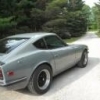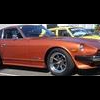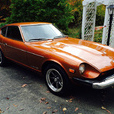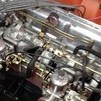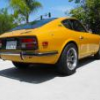Engine speed is controlled by the amount of air it can get. It's always trying to get more. So if you want to reduce engine speed you have to reduce the amount of air available.
The quantity of fuel available will only control the quality of the engine speed, not the quantity. The quantity of fuel in a gasoline engine is always match to the amount of air, to control the qulaity of the combustion.
So, your first task should be to control the quantity of air getting in to the intake manifold. The throttle blade should control almost all of it, especially since the BCDD is gone. One area that people tend to miss is the PCV system. It is connected to the intake manifold and the engine's crankcase. So any air that gets in to the crankcase, like through the valve cover, can get in to the intake manifold, and cause a high idle. Normally, extra air would cause some increase but a little more would cause a decrease as the mixture gets too lean. But, if the ECU or FPR is allowing extra fuel, the extra air can cause the idle to rise a lot since there is extra fuel to go with it.
The PCV diagram in the Emissions chapter is worth studying. It will give some ideas about where excess air could be getting in and which hoses to plug or connect properly.





